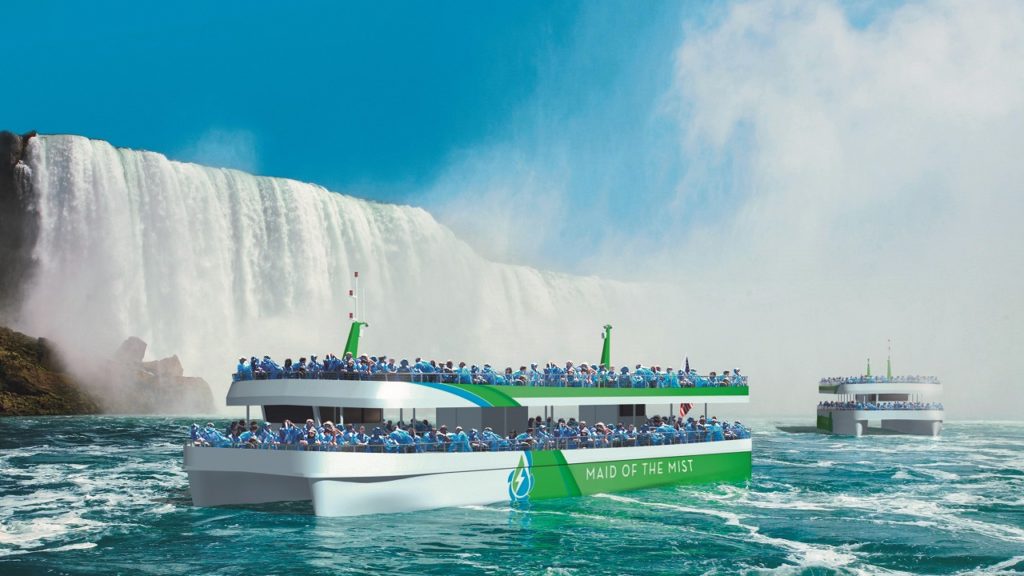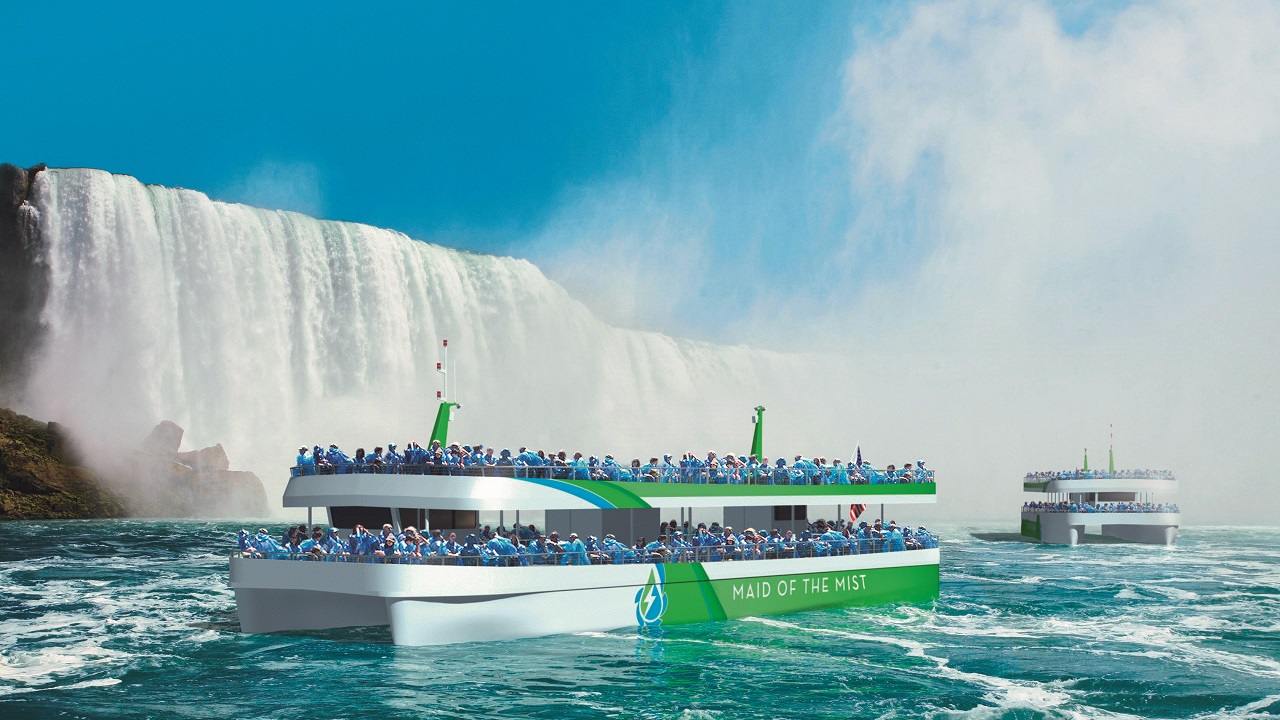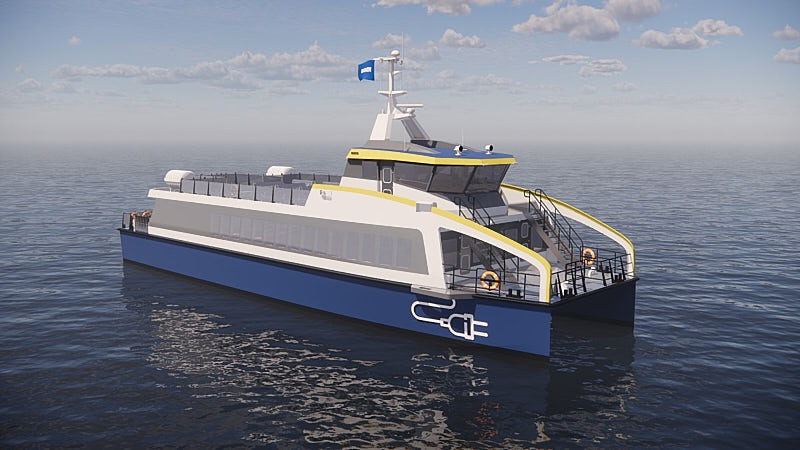Part Two
Research trials into new fuels and power sources are increasing in the shipping and maritime space. The decade of development has begun and despite 2020 being one that many will remember for unpleasant reasons, it should, on a brighter note, be seen as the year of project development in the greening of shipping. Hydrogen, ammonia, wind-power, electro-fuels, fuel cells and battery technology are all under the starter’s gun in the race to compete in the 2030 and 2050 races. Samantha Fisk looks at some new developments.
Leaping straight into using a new fuel was not going to be an option for the maritime industry – and many other sectors – due to financial and practical implications of what would be needed. Instead, and in the true maritime tradition you could say, the industry has taken cautious steps to look at the alternatives and testing what it sees as potential fuels of the future.
The advantage that batteries are bringing to the market is through hybridisation, offering shipowners a very flexible option for them to trial new solutions whilst still being able to use tried and tested technology. It can also be applied to both newbuild and existing vessels and paired with different fuels sources.
Hybridisation is something that is also appealing to other markets such as the automotive industry as it makes the step change to greener solutions, with it being a solution that has interest from across various means that developments could progress even quicker with the technology.
The current trend opening up in the market is for vessels that have a short-sea application. Still, many challenges face battery technology applied for ocean-going ships and ships that ply longer trade routes, both because of the lack of infrastructure and also the power delivery of the technology.
However, Teemu Heikkilä, engineering director – convertors, Yaskawa Environmental Energy highlights that location is becoming more of an interest with “the market is getting more local” meaning that the energy is produced and consumed locally.
“Local energy generation means that the electrical grid needs to be strengthened locally. This is the case especially in island mode, where you may have a “weak grid”. Certain types of ESS can be used for fast grid support”, he adds.
Finnish-based ABB marine is also seeing that infrastructure as being a key challenge for rolling out more battery-based applications at sea. To get over this hurdle, Tomas Tengner, Global Product Specialist – Energy Storage, ABB Marine & Ports explains that: “We would also like to see more governmental support to first-movers and early adopters of this technology, as well as public tender schemes that are favouring green technologies and emission reduction, such as public tenders for ferries.”
Setting an example
Although there are still challenges to be addressed for battery technology, maritime is starting already to apply this technology for various vessels around the globe. Canadian-based SPBES has recently announced that it had recently provided the battery system for Glas Oceans latest Cape Island tour vessel. The project saw the conversion of Cove Express, a fishing trawler, into an electrically powered ferry named Alutasi. SPBES fitted its Sterling liquid-cooled battery and expects that the project will act as an example of batteries lowering emissions and costs for other trawlers operating in the same area.
American shipbuilding company Vigor Fab LLC has chosen ABB as the hybrid-electric propulsion and energy storage system provider for the latest additions to the Washington State Ferry fleet. The company notes that upon delivery in 2024, the initial vessel of the series will be the first newbuild in Washington State Ferry’s fleet to feature hybrid-electric propulsion and a high capacity energy storage system. The new ferries will be able to operate on full battery power and will have the capability to revert to hybrid mode if required.

ABB is working on the new iconic passenger ferries to take tourists to Niagara Falls. The newbuilds are the first US-built fully-electric vessels, Tegner explains that: “The vessels will be fitted with ABB’s zero-emission technology once in operation, allowing guests to experience Niagara Falls undisturbed by engine noise, vibration or exhaust fumes from a conventional diesel engine.”
Each of the vessels will be powered by a pair of battery packs with a total capacity of 316 kWh, split evenly between two catamaran hulls. The vessels will charge between every trip while passengers disembark and board. Shoreside charging will only take seven minutes, allowing the batteries to power the electric propulsion motors capable of a total of 400 kW (563 HP) output.


































